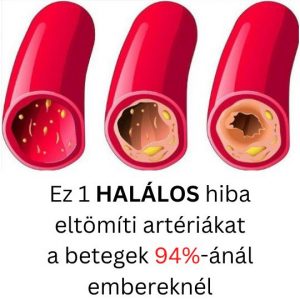The #1 Rated Blood Sugar Formula
Blood Pressure Chart With Readings By Age and Sex

What Do Blood Pressure Numbers Mean?
Blood pressure readings are composed of two numbers—for example, 120/80 mm Hg. Both numbers are an important part of your blood pressure reading.
The top number (systolic pressure) measures the pressure in your arteries when your heart beats. The bottom number (diastolic pressure) measures the pressure in your arteries between each heart beat.
What time of day is blood pressure highest?
Normal Blood Pressure for Children
Normal BP ranges vary in children by age. The University of Iowa Stead Family Children’s Hospital provides this blood pressure chart:1
| Normal Blood Pressure for Children | ||
|---|---|---|
| Systolic | Diastolic | |
| Newborns up to 1 month | 60–90 mm Hg | 20–60 mm Hg |
| Infant | 87–105 mm Hg | 53–66 mm Hg |
| Toddler | 95–105 mm Hg | 53–66 mm Hg |
| Preschooler | 95–110 mm Hg | 56–70 mm Hg |
| School-aged child | 97–112 mm Hg | 57–71 mm Hg |
| Adolescent | 112–128 mm Hg | 66–80 mm Hg |
Normal Blood Pressure for Adults
According to the American Heart Association, normal blood pressure for adults (ages 20 and older) is less than 120/80 mm Hg.2
On the other hand, hypertension is defined as having a systolic pressure of 130 mm Hg or higher, or a diastolic pressure of 80 mm Hg or higher, most of the time.
Average Blood Pressure by Age
As you get older, your blood vessels tend to become stiffer and plaque (a fatty material) can build up in them, which can raise your blood pressure. If your blood pressure becomes too high, you're at a greater risk for heart disease, strokes, and more.
In 2015, the average blood pressure worldwide was 127/79 mm Hg in men, and 122/77 mm Hg in women, according to a study analysis published in Lancet.4
When researchers for the National Center for Health Statistics looked at average blood pressure in U.S. adults between 2001 and 2008, the average reading was 122/71 mm Hg. The breakout was 124/72 mm Hg for men, and 121/70 mm Hg in women. It rose by age and was significantly higher in Black people.5
The researchers found the following breakdown by age, sex, and race or ethnicity:5
| Blood Pressure by Age | ||
|---|---|---|
| Men | Women | |
| 18-39 years | 119/70 mm Hg | 110/68 mm Hg |
| 40-59 years | 124/77 mm Hg | 122/74 mm Hg |
| 60+ years | 133/69 mm Hg | 139/68 mm Hg |
| Blood Pressure by Race/Ethnicity | |
|---|---|
| White | 122/71 mm Hg |
| Black | 127/73 mm Hg |
| Mexican American | 123/70 mm Hg |
What are the best times to take your blood pressure?
Blood pressure varies slightly throughout the day, so it's best to take two readings per day at different times. Take your first reading after you wake up, before eating, exercising, or taking any medications. Take your second in the evening before bed. Whatever you choose, be consistent.Blood Pressure Stages
High blood pressure for adults is divided into stages. At each stage, there is a greater risk to your health. A hypertensive crisis, which is measured at 180/120, is a sharp increase of blood pressure that may cause a stroke.10
| Stages of High Blood Pressure | ||
|---|---|---|
| Systolic | Diastolic | |
| Elevated | 120-129 mm Hg | Less than 80 |
| Stage 1 hypertension | 130-139 mm Hg | 80-89 mm Hg |
| Stage 2 hypertension | 140 mm Hg and up | 90 mm Hg and up |
| Hypertensive crisis | 180 mm Hg and up | 120 mm Hg and up |
Risks and Treatments
A consistent rise in your blood pressure over time comes with an increased risk to your health. Your healthcare provider is likely to respond in these ways:
- Elevated: You are likely to develop hypertension unless you take steps to control it. These may include lifestyle changes, such as eating a heart-healthy diet, getting more exercise, and quitting smoking.10
- Stage 1 hypertension: Your healthcare provider will probably recommend lifestyle changes. They may also prescribe medication, depending on your risk for cardiovascular disease, heart attack, or stroke.10
- Stage 2 hypertension: Your healthcare provider will likely prescribe both medication and lifestyle changes to lower your blood pressure.10
- Hypertensive crisis: Seek medical attention right away if your blood pressure is this high. You could experience a heart attack, stroke, or something else that can damage your organs or threaten your life.11










